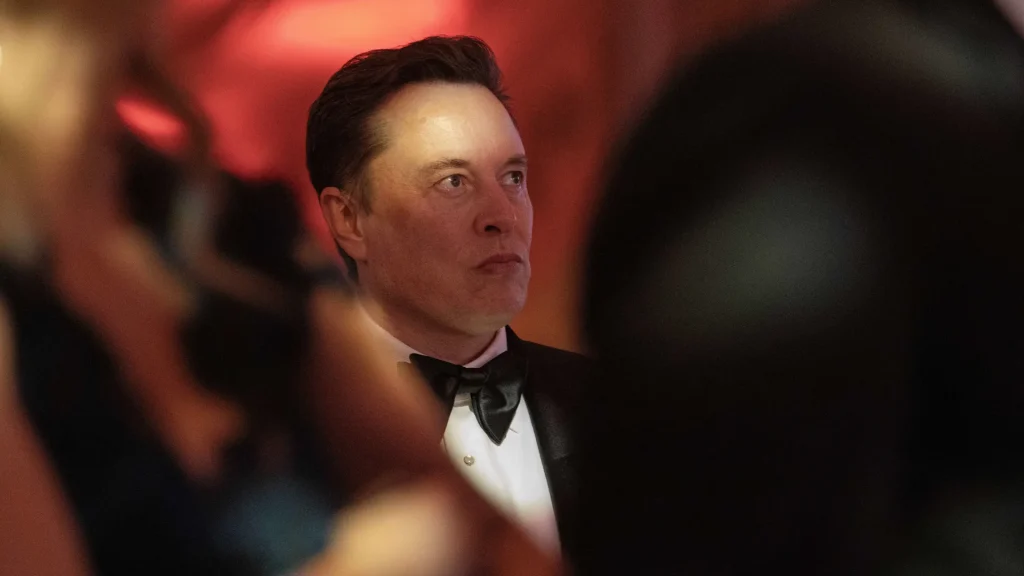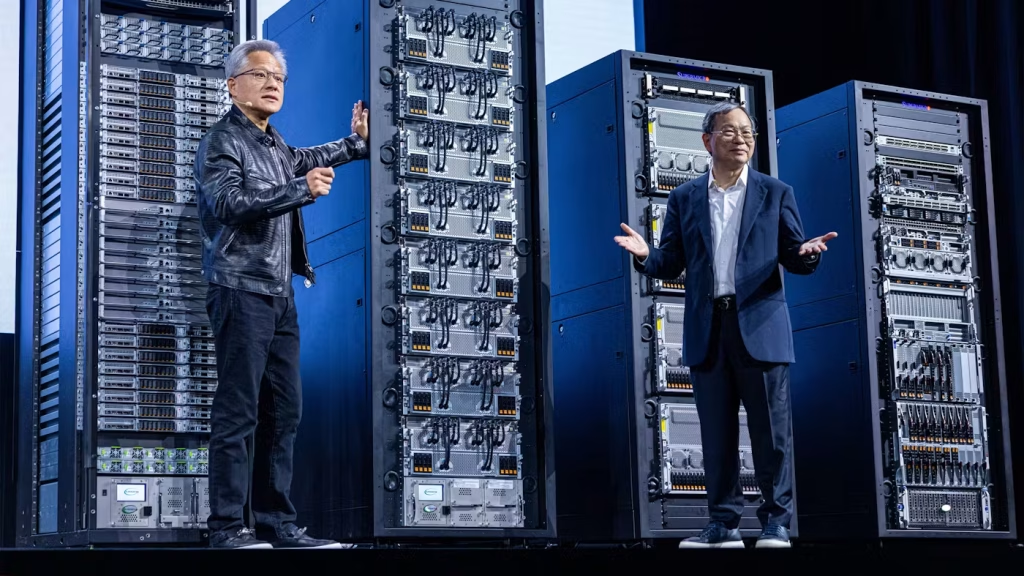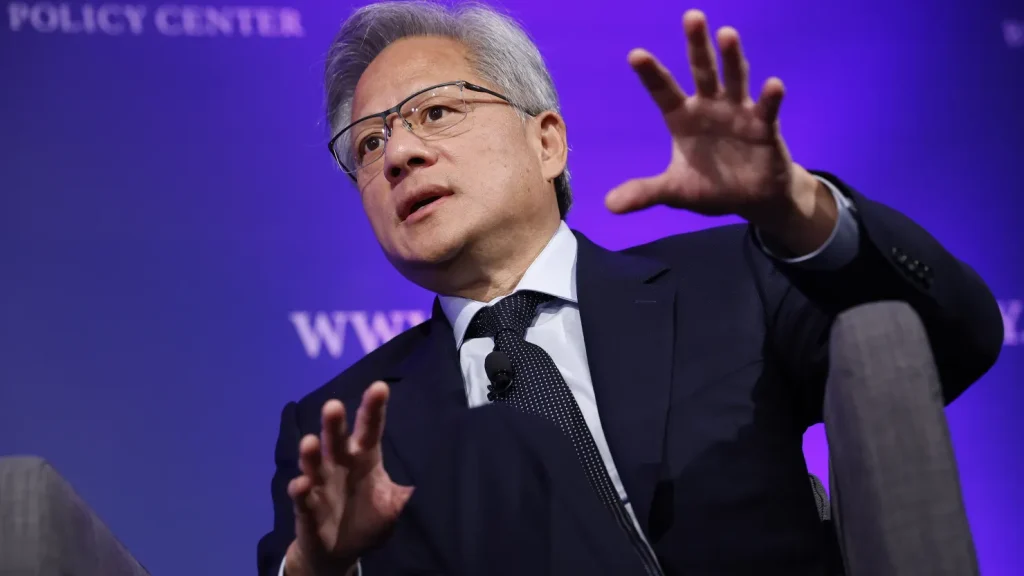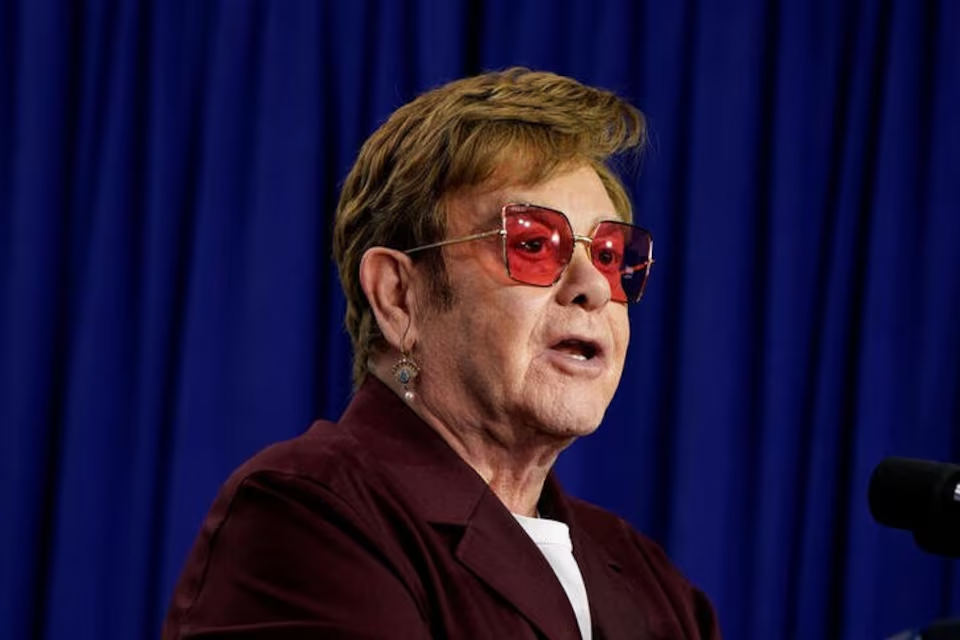Pat Gelsinger: The Intel CEO’s net worth & salary as he steps down
Pat Gelsinger, the CEO of Intel Corporation, has been a significant figure in the tech industry for decades. Known for his leadership and vision, Gelsinger has made notable contributions to Intel’s strategy and direction. As Intel’s CEO, Gelsinger was tasked with guiding the company through a challenging period in the semiconductor industry, and his tenure was marked by both ambitious goals and some struggles. However, with Gelsinger’s recent announcement that he is stepping down from his role, attention has turned to his personal wealth, salary, and legacy at Intel. In this article, we will explore Gelsinger’s net worth, his compensation package, and his prospects as he leaves the tech giant.
Pat Gelsinger’s Career at Intel
Pat Gelsinger’s career spans several decades in the technology sector, with a significant portion spent at Intel. He first joined Intel in 1979 as an engineer, rising through the ranks and playing key roles in the development of Intel’s microprocessor technologies. Gelsinger’s time at Intel included serving as Chief Technology Officer (CTO) from 2001 to 2009. During this period, Intel became a leader in the semiconductor industry under his technical guidance.
After leaving Intel in 2009, Gelsinger went on to become the CEO of VMware, a major player in the cloud computing and virtualization space. Under his leadership, VMware expanded its offerings and solidified its position in the tech industry. Gelsinger returned to Intel in 2021 as CEO, succeeding Bob Swan, and was brought back to revitalize the company during a period of intense competition, particularly from rivals like AMD and TSMC.
Intel’s Challenges During Gelsinger’s Tenure
Pat Gelsinger took over as Intel’s CEO at a crucial time when the company was facing significant challenges. Intel, once the undisputed leader in chip manufacturing, had fallen behind competitors in key areas such as advanced semiconductor fabrication. Gelsinger’s task was to restore Intel’s dominance in the semiconductor market, and he outlined a bold vision for the company’s future, including investments in new chip factories and innovations in semiconductor technology.
Despite his leadership, Intel’s struggles with manufacturing delays and competition from rivals such as Advanced Micro Devices (AMD) and Taiwan Semiconductor Manufacturing Company (TSMC) persisted throughout Gelsinger’s tenure. One of the most significant challenges was Intel’s failure to transition to smaller, more efficient manufacturing processes, which allowed competitors to produce more powerful and energy-efficient chips.
Under Gelsinger’s leadership, Intel announced plans to spend billions of dollars building new chip fabs in the U.S. and abroad, aiming to restore the company’s competitiveness in chip manufacturing. However, these efforts were not without their hurdles, and Intel’s stock price has faced volatility, in part due to these challenges.
Pat Gelsinger’s Salary and Compensation
As CEO of Intel, Pat Gelsinger’s salary and compensation package was structured to reflect both his leadership role and the challenges he faced in revitalizing the company. According to Intel’s proxy statements and financial disclosures, Gelsinger’s total compensation during his time as CEO included a base salary, annual bonus, long-term performance incentives, and stock options.
In 2021, Gelsinger’s base salary was reported to be around $1.25 million. However, the bulk of his compensation was tied to performance-based bonuses and stock options, which could increase significantly depending on the company’s performance and stock price. In total, Gelsinger’s compensation package for 2021 was estimated to be around $179 million, though a significant portion of this was tied to stock options and performance metrics, which could fluctuate depending on Intel’s performance in the years ahead.
In comparison to other top tech executives, Gelsinger’s compensation was relatively modest, especially when considering the pay packages of leaders at companies like Apple, Amazon, and Tesla. However, Gelsinger’s salary and incentives were designed to reward his ability to turn around Intel’s fortunes and execute on its strategic goals.
Pat Gelsinger’s Net Worth
Pat Gelsinger’s net worth has grown significantly over the years, thanks to his long career in technology and his leadership roles at major companies like Intel and VMware. His wealth is primarily derived from his salary, stock options, and performance incentives, as well as his investments in technology and business ventures.
As of 2023, Gelsinger’s estimated net worth is around $300 million. This estimate takes into account his earnings during his time at VMware, as well as his compensation at Intel, including stock options and long-term performance bonuses. Gelsinger’s wealth also includes real estate holdings and other investments.
While his net worth pales in comparison to some of the wealthiest tech executives like Jeff Bezos, Elon Musk, and Tim Cook, Gelsinger’s financial success is still impressive, especially considering his early career in engineering and his rise through the ranks in the tech industry. His wealth is a testament to his leadership and technical expertise, which have been instrumental in shaping the trajectory of some of the world’s leading technology companies.
Gelsinger’s Legacy at Intel
As Pat Gelsinger prepares to step down from his role as CEO of Intel, his legacy at the company will be mixed. On one hand, he is credited with making bold moves to revitalize Intel’s manufacturing capabilities, including the announcement of plans to build new semiconductor fabs in the U.S. and Europe. He also worked to re-establish Intel as a leader in chip innovation, particularly in the areas of artificial intelligence and next-generation semiconductor technologies.
However, Gelsinger’s tenure was also marked by ongoing challenges related to competition and manufacturing delays. Despite his efforts, Intel struggled to regain its leadership in semiconductor production, and the company’s stock performance remained volatile. These challenges have led some critics to question whether Gelsinger’s vision for Intel was ultimately effective in turning around the company’s fortunes.
Nevertheless, Gelsinger’s leadership will be remembered for his attempt to steer Intel through a difficult period in the tech industry. His emphasis on innovation, investment in manufacturing, and commitment to the development of next-generation semiconductor technologies will shape Intel’s strategy for years to come.
The Future of Pat Gelsinger
As Pat Gelsinger steps down from his role as Intel’s CEO, it remains to be seen what his next move will be. Given his extensive experience in the tech industry, Gelsinger is likely to remain a key figure in the world of technology and business. He may choose to continue advising companies, investing in startups, or pursuing new ventures in the semiconductor and tech sectors.
Gelsinger’s decision to step down may also signal a new phase for Intel, which will need to navigate the challenges of chip production, competition, and global supply chain issues in the years ahead. The company will likely appoint a new CEO who can continue Gelsinger’s work while addressing the areas where Intel has struggled in recent years.
For Gelsinger, his legacy in the tech industry is secure. Having played a pivotal role in Intel’s early development and returned to the company to lead it through a crucial period, Gelsinger’s impact on the semiconductor industry will be felt for many years to come. His wealth and influence in the tech world will likely remain substantial as he transitions to new endeavors.
Pat Gelsinger’s time as CEO of Intel has been marked by both ambition and challenges. His efforts to revitalize the company, particularly in the face of competition from companies like AMD and TSMC, were significant, though not without hurdles. Gelsinger’s salary and net worth reflect his long career and leadership at top tech companies, but his departure from Intel raises questions about the company’s future and his personal legacy.
As Gelsinger steps down, his impact on Intel and the broader tech industry will continue to be felt. While his tenure was marked by some setbacks, his focus on innovation and manufacturing will likely shape Intel’s future direction. Gelsinger’s personal wealth and career achievements remain a testament to his influence in the tech world, and his next chapter is sure to attract attention in the business community.



